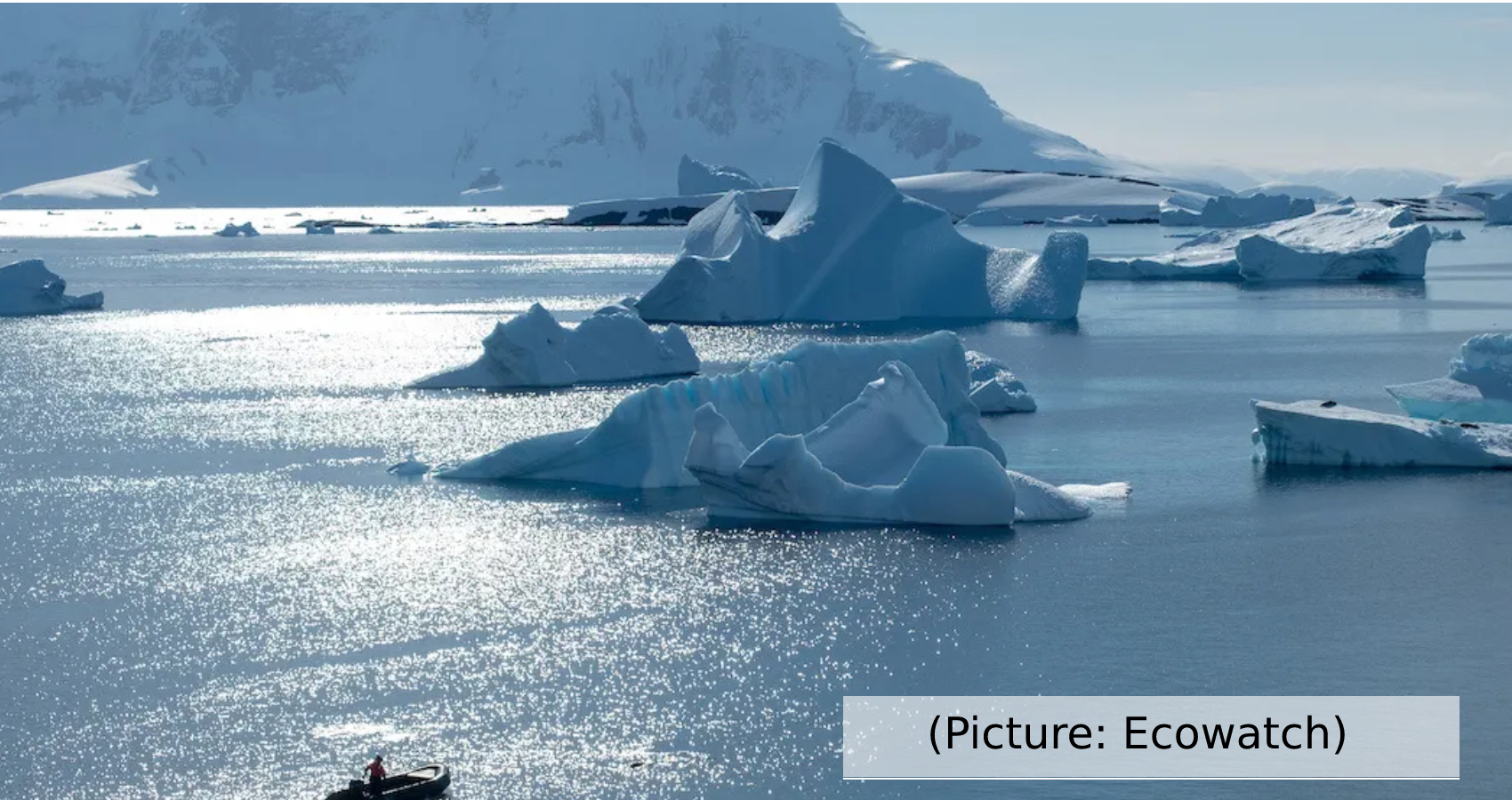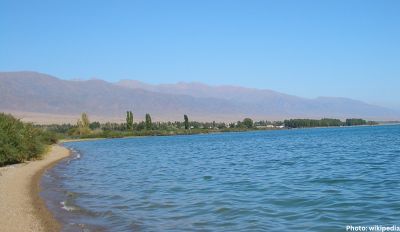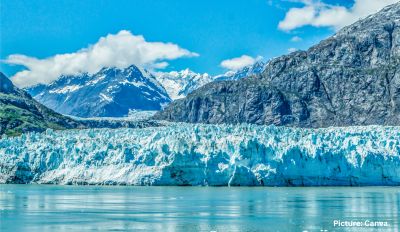Dr. Huw Griffiths, marine biologist and lead author of the study, said that the stationary animals are like sponges and potentially several previously unknown species. The discovery appears to go against all previous theories of what kind of life could survive in such an extreme condition.(British Antarctic Survey)
Researchers accidentally discovered extreme life far underneath the ice shelves of the Antarctic during an exploratory survey, a recent study published in the journal Frontiers in Marine Science said. At a distance of 260km away from the open ocean, the researchers found out the existence of stationary animals attached to a boulder on the seafloor as they drilled through 900 metres of ice in the Filchner-Ronne Ice Shelf with their cameras lowered down.
Dr Huw Griffiths, marine biologist and lead author of the study, said that the stationary animals are like sponges and potentially several previously unknown species. In a video shared by the British Antarctic Survey, Griffiths said it was a surprising discovery because they never expected animals that “filter feed their food from the water column to be found this far from a source of food or daylight.”
“This discovery is one of those fortunate accidents that pushes ideas in a different direction and shows us that Antarctic marine life is incredibly special and amazingly adapted to a frozen world,” the biogeographer said in a separate statement.
The first-ever record of a hard substrate community deep beneath an ice shelf throws up more questions than it answers since the researchers don’t know how did they get there, what they have been eating or how long they have been there. The researchers are wondering whether these are the same species seen outside the ice shelf or are they new species. There are also few questions around the survival of these species in case the ice shelf collapses.
The discovery appears to go against all previous theories of what kind of life could survive in such an extreme condition. The dependence on drilling and cameras mean, according to Griffiths, the area underneath the giant floating ice shelves is probably one of the least known habitats on Earth. But getting up close with these animals and their environment remains a challenge for polar scientists.
“We have no idea what species these animals are. We don’t know how they are coping with these extreme conditions. And the only way we are going to be able to answer those questions is to come up with a new way of investigating their world,” added Griffiths.











